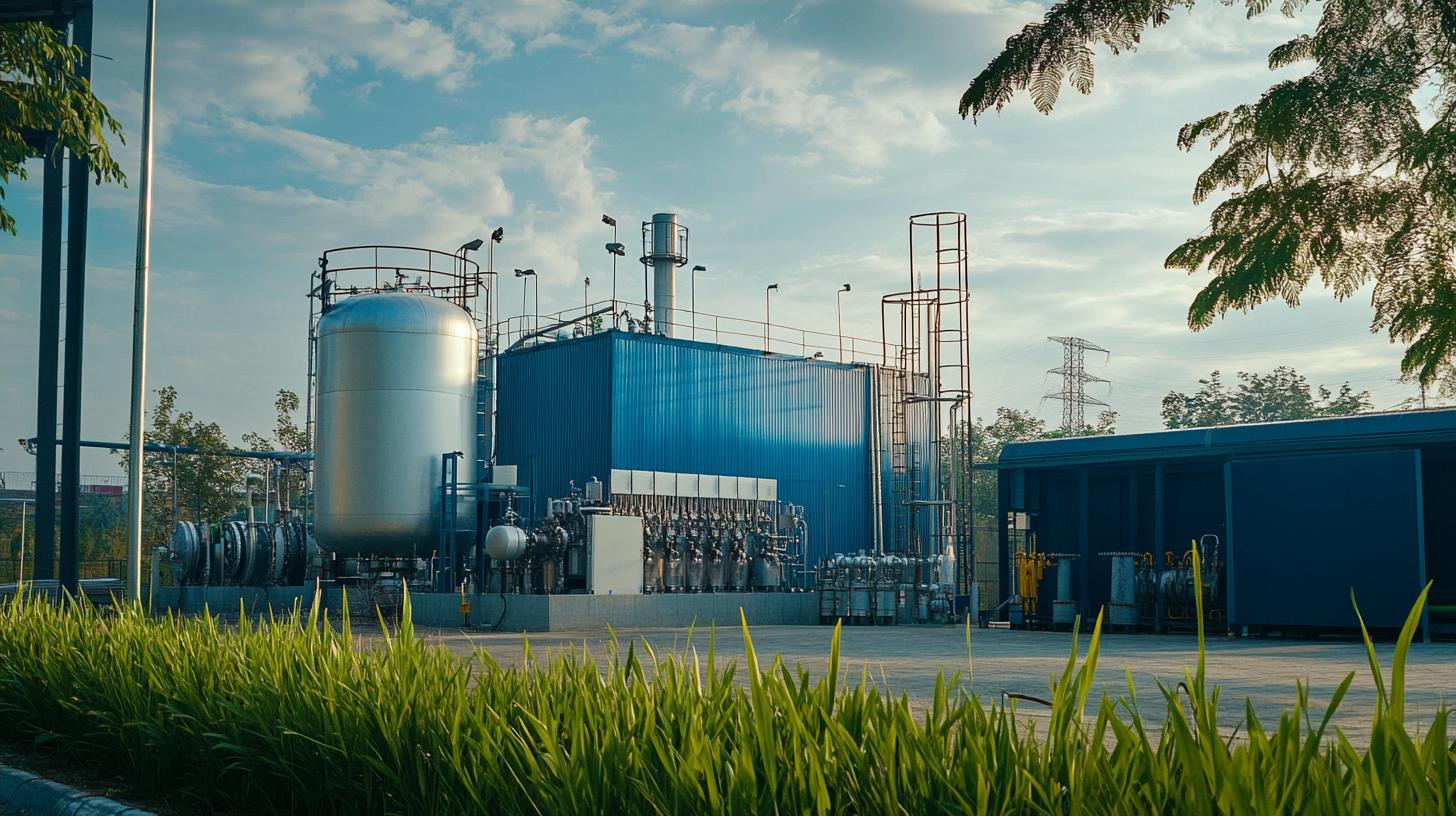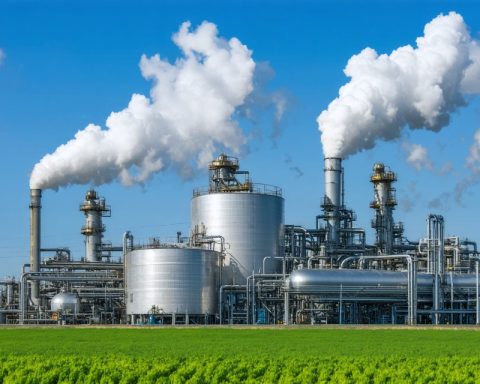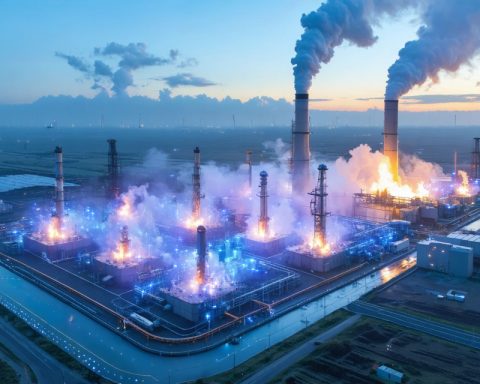Airox Nigen Equipments is at the forefront of a green revolution, pushing boundaries with over 80 hydrogen generation plants now operational across India. This achievement marks them as pioneers in the nation’s journey toward sustainable energy solutions. The company has set an ambitious target to establish 100 plants by 2025, reflecting their commitment to a cleaner future.
Driven by their advanced engineering and research capabilities, Airox Nigen focuses on refining hydrogen technologies to make green hydrogen production more affordable. Their hydrogen generation facilities, located throughout various Indian regions, utilize state-of-the-art electrolyzer technology. This enables production of high-purity hydrogen suitable for diverse applications such as oil refining, chemical manufacturing, transportation, and energy generation, all while facilitating industrial decarbonization.
Since its inception in 1994, Airox Nigen has been synonymous with innovation, producing hydrogen technologies domestically without relying on external collaborations. The company’s portfolio includes successful projects with Indian industry leaders like L&T, NPCIL, THDC, and SJVN. A notable milestone this year was the launch of their indigenous alkaline electrolyzer and fuel cell at SJVN’s green hydrogen pilot project in Jhakri, Himachal Pradesh.
In a strategic move toward scaling operations, Airox Nigen is establishing a new electrolyzer manufacturing facility with a 3 GW capacity on newly acquired land in Rohtak, Haryana, positioning themselves to lead India’s green hydrogen sector far into the future.
Hydrogen Revolution: How This Green Innovation is Shaping Society
As Airox Nigen Equipments continues to pace forward with its ambitious hydrogen initiatives throughout India, there are ripple effects impacting people, communities, and countries beyond the initial blueprint of hydrogen plants. This progressive drive isn’t just an isolated corporate achievement; it’s a movement that could reshape economies, environment policies, and even global energy dynamics.
The Potential Impact on Communities and Economies
At the heart of this development is how green hydrogen technology influences local economies and communities. By establishing over 80 hydrogen plants with plans for 100 by 2025, regions throughout India are seeing new job opportunities emerge. These production facilities not only require skilled engineers and technicians for operation but also provide indirect employment through supply chain demands, contributing vital economic boosts to surrounding areas.
There’s also a transformative environmental impact. Hydrogen generation technologies aim to replace fossil fuels, reducing carbon emissions significantly. Cleaner air in local villages and towns may translate into better quality of life and lower healthcare costs, leading communities toward a healthier future.
Interesting Facts About Hydrogen Technology
Did you know that green hydrogen can be a game-changer in sectors that are notoriously hard to decarbonize? It serves as a key player in producing chemicals, refining oil, and even in transportation—facilitating zero-emission vehicles and vessels. This versatility makes it one of the most promising solutions to combat climate change.
Another interesting fact is that companies worldwide, not just in India, are racing to develop hydrogen as a mainstream energy source. This has initiated a global competition for technological advancement and innovation in the energy sector.
Controversies and Challenges
With every technological breakthrough, controversies and challenges accompany progress. The primary concern with hydrogen production lies in its cost. Making green hydrogen economically viable remains a contentious issue, as traditional hydrogen produced from natural gas is still cheaper. How quickly can Airox Nigen and other innovators close this cost gap with refined technology?
Moreover, there are debates around the use of land and resources. Establishing hydrogen plants requires strategic land allocation, which can clash with local agricultural activities or disrupt natural habitats. Balancing industrial expansion with eco-conservation is a critical challenge that must be navigated carefully.
Could Green Hydrogen Be the Energy of the Future?
The million-dollar question arises—how sustainable is green hydrogen as a future mainstream energy resource? If the costs can be reduced and technological efficiency improved, experts believe that hydrogen has the potential to lead a global energy transition away from fossil fuels.
Further Reading
To learn more about the broader implications and advancements in hydrogen technology, you can visit hydrogen.energy.gov or explore insights and updates from global perspectives at iea.org.
In conclusion, as we watch India’s hydrogen revolution develop, the world anticipates a new dawn in sustainable energy, promising not only to advance industrial capabilities but to bestow widespread societal benefits, steering toward a cleaner and more innovative future.

















